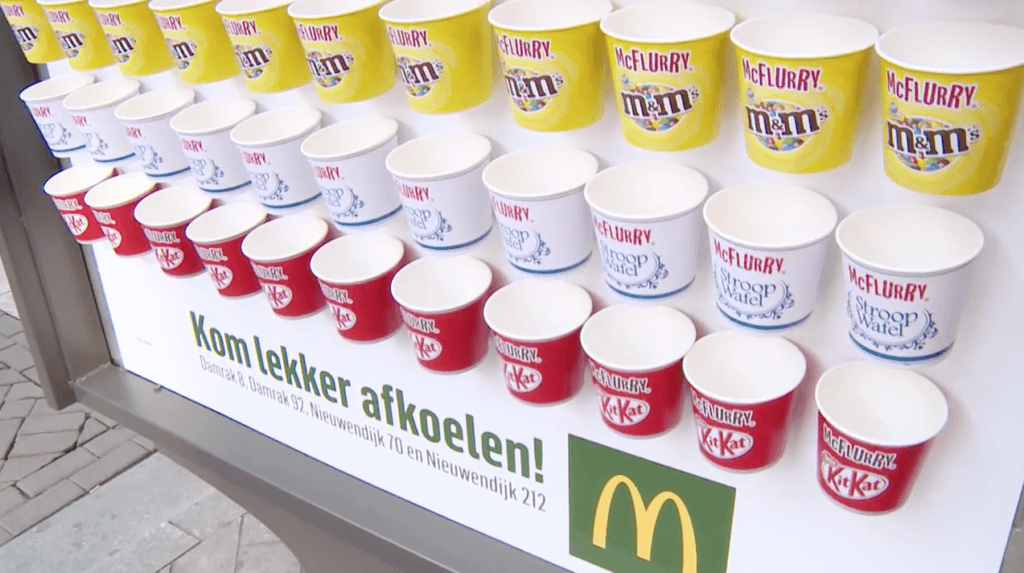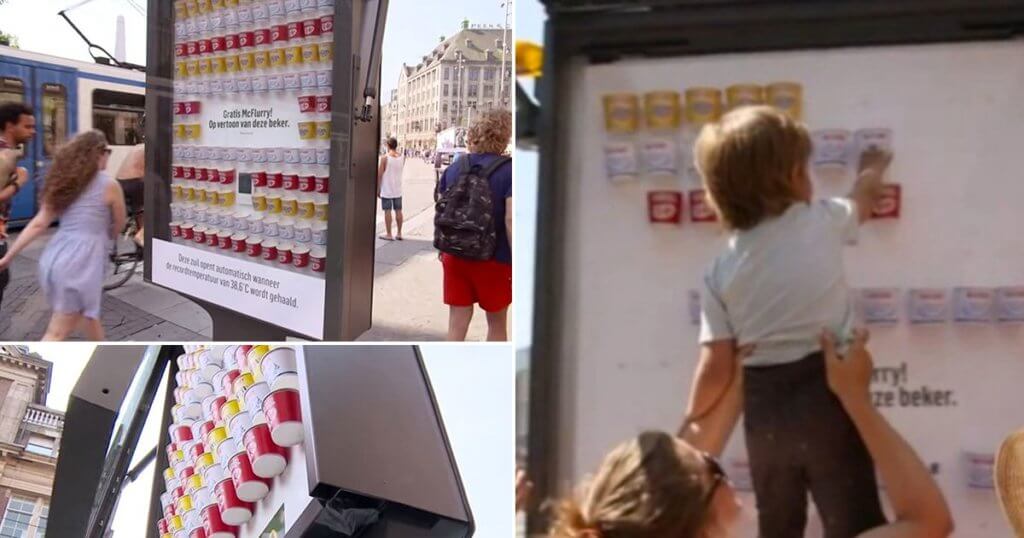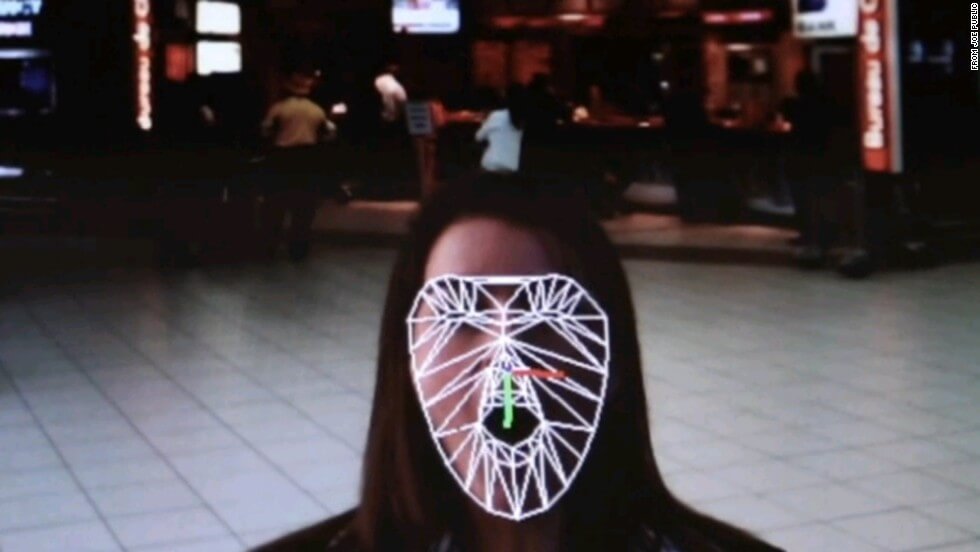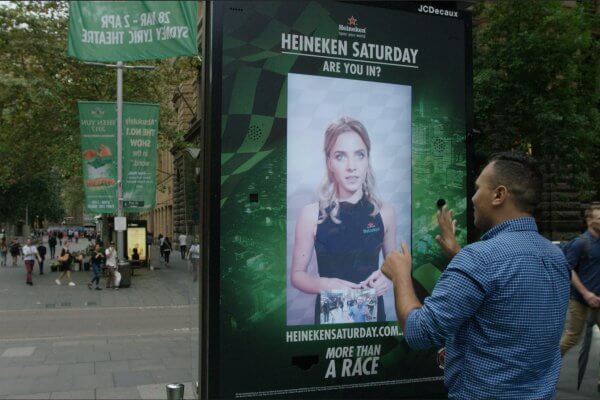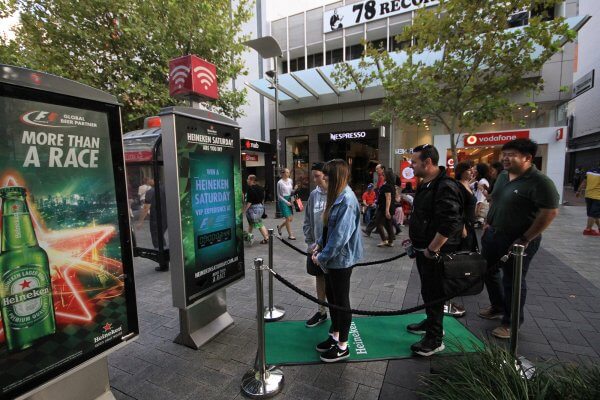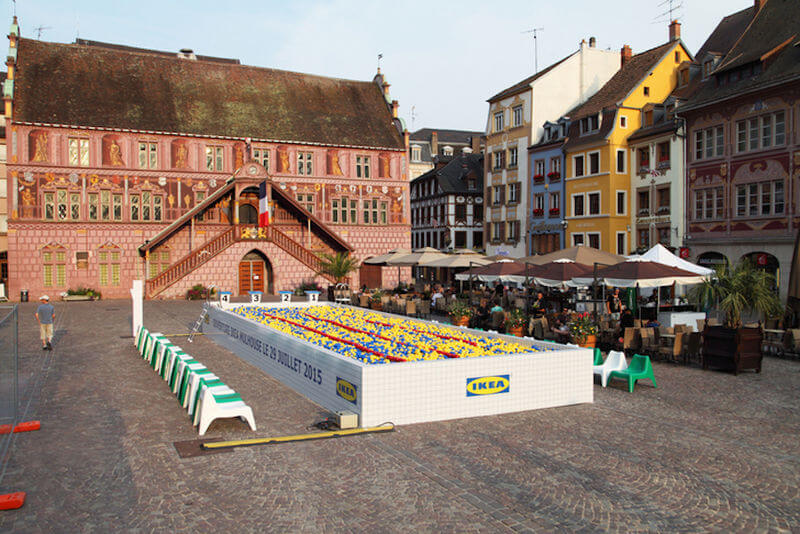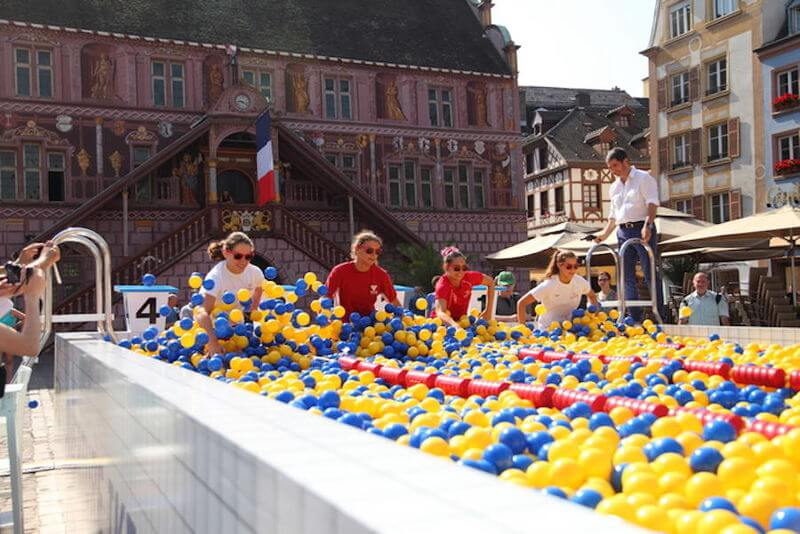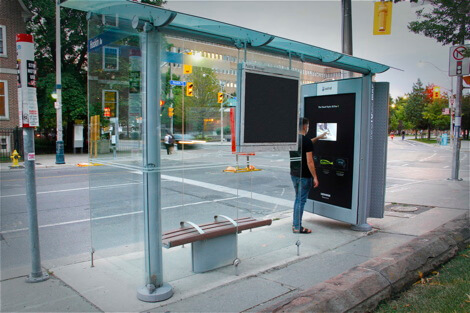
There’s a lot to be said for Out-of-Home (OOH) advertising being an engaging medium because of its ability to be tangible, present, and striking. However, what often really makes the medium stand out from the rest, is its ability to be made into an interactive demonstration, encouraging consumer participation. Interactive advertising is a media-based marketing technique with the main focus being consumer engagement, where consumers can either directly or indirectly provide feedback on the campaign. In 2021, consumers are no longer accepting passive advertising. Instead, they want to be surprised, shocked, engaged with, and feel as though brands are putting in the extra effort for their benefit. Consumers love interactive advertising and it shows – 88% of marketers say interactive content differentiates them from their competitors and 93% said interactive content is effective when it comes to educating consumers. Let’s dive deeper into what makes interactive OOH advertising so appealing and how advertisers and brands are implementing it.
The standard OOH media terminology would define digital interactive billboards as advertising alternatives that drive dynamic, intimate, and long-lasting brand relationships with a consumer. What’s extremely beneficial about this type of marketing is its ability to measure consumer engagement and collect data that will determine how these kinds of ads are received.
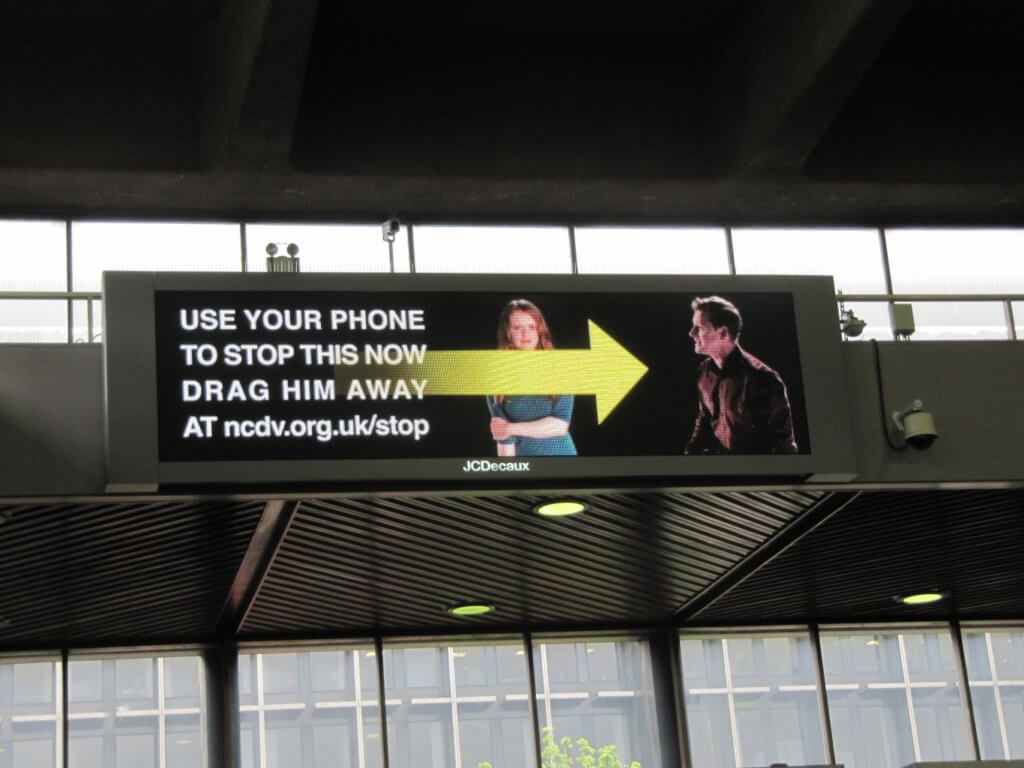
A great example of this was created by the National Center for Domestic Violence (NCDV) to highlight the audience’s responsibility to help protect those that are the victims of domestic violence. The digital billboard was placed in Euston Station and displayed a man screaming at a woman with words that read, “use your phone to stop this now drag him away at ncdv.org.uk/stop”. Audiences could then log on to the NCDV website and virtually ‘drag’ the man away, which would also drag him away in real-time on the digital billboard. When a passerby would drag the man away on their mobile device, the man would move further away from the woman passing through 4 other billboards as the words, “an injunction puts distance between a victim and their abuser” are displayed on the screen. The billboards would then all display the NCDV hotline to call and the website to visit for others who need help. This campaign was extremely effective and very impactful not only for those who interacted with the ad, but also for those who watched as the billboards changed. The interactive portion of this campaign also made it easy to measure exactly who, and how many, were engaging with the ad through the mobile integration. The interactive portion also makes it easier for a company like NCDV to carry out campaigns in the future, using the knowledge and understanding of the demographic that’s interacting with their ads.
Engagement Stokes Customer Loyalty
With all of the brilliant OOH ad campaigns out there, especially with the resurgence of consumers going outside and embracing OOH, it’s difficult to stand out amongst the rest. What interactive OOH advertising does best, is stand out from the crowd. This kind of advertising allows audiences to connect their very own personal experiences with the experience the ad is presenting and take time out of their day to engage with your ad. If you are able to make a consumer stop, stare, and even interact with your ad during their busy day, there’s a pretty good chance that they’ll remember your ad, potentially influencing them to purchase your products! As part of an interactive initiative, McDonald’s gave out free McFlurry’s at their digital interactive billboards. In collaboration with JCDecaux, McDonald’s created a bunch of billboards that were scattered around Amsterdam that were heat sensitive. Once the weather outside reached 38.6 degrees Celsius, the heat reactive panel would be activated, lifting a glass shield, and dispensing a cup representing a free McFlurry for anyone that passed by. This was an initiative created to keep consumers cool during a heatwave in the Netherlands. Not only was it highly appreciated by the people of Amsterdam, but it got them to interact with the McDonald’s ad and inevitably brought them into McDonald’s restaurants.
Brand Recall
Brand recall refers to the percentage of consumers who can remember a brand. With the constant bombardment of advertising, it is imperative for any marketer to ensure that brand recall is as high as possible. A MAGNA Global study found that interactive ads drive a 47% life in time a consumer spends engaging with the ad, compared to static ads. Occupying consumer time is as precious as it comes because the more time spent with an ad correlates directly with how likely they are to recall that ad. One of the biggest benefits of interactive OOH advertising is that once a consumer decides to interact, chances are they’ll be doing so for enough time to recall the ad. It’s not like reading the words on a billboard and moving on, interactive advertisements take longer to engage with, whether that means playing a game, dispensing a free item, or watching a performance, the consumer’s attention will most definitely be captivated.
The South African coffee company Douwe Egberts wanted to offer passersby a similar experience to McDonald’s. They set up a Douwe Egberts coffee vending machine at the O.R. Tambo International Airport that uses facial recognition to detect when a person yawns in order to dispense a free coffee. At first, passersby didn’t realize how the vending machine worked, however as it became clear that the machine would dispense coffee with a yawn as payment, many smiles began to spread amongst the visitors. Such a clever campaign not only sparked happiness and pleasure because of the free coffee, but also through the ingenuity of the campaign – which I’m sure visitors will remember for some time.
An extremely interactive example was created by Heineken where they invited Formula1 fans to chat with The Bachelor contestant Olena Khumala via video feed on a branded free-standing OOH billboard. Olena challenged these fans to prove that they had what it takes to win free tickets to the ‘Heineken Saturday’ event at the F1 race. Fans were trying everything in order to win tickets including backflips, the worm, singing, pushups, and more. In the end, roughly 700 direct winning interactions took place with participants – that’s without including all of the social media shares that passersby were taking while the campaign was running. Overall, a very successful campaign, which used the power of interactive marketing to involve consumers in an experience that they will definitely remember fondly.
Organic Buzz is the Best Kind of Buzz
Consumers have never liked being bombarded or pushed into viewing advertisements and placing more frequent and in-your-face ads isn’t what drives higher engagement. In fact, these kinds of pushy tactics are exactly what’s driving consumers away from advertising in general. What will actually help grow engagement and interactivity is making an advertisement that consumers can get behind, whether that’s through the message, the creative, or both. The power that interactive OOH ads have makes it easy for consumers to not only engage with the ad, without feeling like they’re being pushed into something they don’t want to be, but to also tell their friends about it. If the experience is a good one, they’ll want to share what they’ve seen on social media. This is how advertisers get consumers to do the work for them – by allowing them to spread the word about their product or service just by letting them experience something unique through OOH.
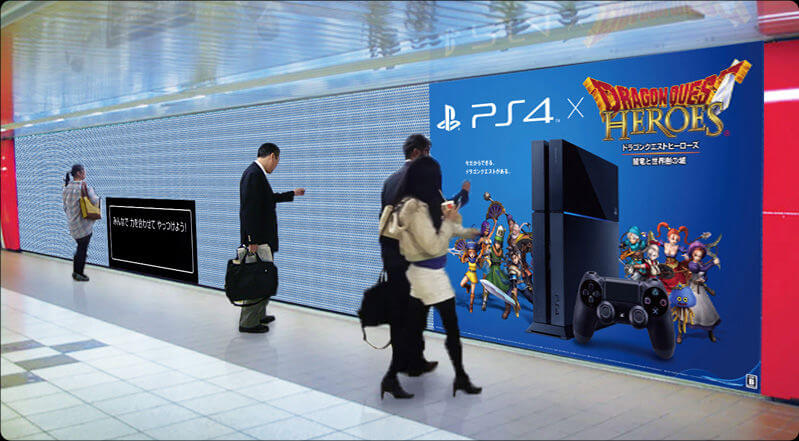
For example, the creators of Dragon Quest, a Japanese role-playing video game, created a fun video game marketing promotion using interactive OOH advertising. They set up a bubble wrap wall in Tokyo’s busiest subway station and allowed commuters who were waiting for their train to pop as many bubbles as they could before they left. The wall was set up in order to get commuters to work together to pop all the bubbles, as prizes would be given away online once all of the bubbles were popped. This interactive wall drew in commuters of all ages, turning a boring wait for the train into an epic bubble-popping battle. It sparked major social media buzz and definitely got commuters to tell their friends and family about the wall and the new game Dragon Quest was promoting.
Another great example was created by IKEA to celebrate the opening of a new store in Mulhouse, France. The furniture company constructed a giant ball pit in the towns square, using the iconic IKEA blue and yellow colors for the balls. They also decided to pay homage to the town’s Olympic swimmers by inviting several of them to compete against each other in a ball pit swimming competition. People walking through the square were invited to watch the race as well as join in on the fun. This was definitely one of the most creative and elaborate interactive OOH campaigns to date and is still celebrated today.
Takeaways
Interactive OOH advertising provides the most engaging and most interesting experience for consumers. It’s one thing to get people to notice your ad, it’s a whole other thing to get them to take time out of their day to interact with it. Consumers that have a good experience with interactive ads will more than likely tell others about it, providing your company or brand with free publicity. Companies that put in that extra effort to amaze consumers are definitely the ones that will be remembered and appreciated by those who come into contact with it. In this day and age when we’re constantly getting bombarded by advertisements, it really pays off to make the extra effort to grab people’s attention in a way that makes them want to get involved. Even the smallest of gestures, like a free coupon or putting a smile on someone’s face, makes all the difference. It would be extremely beneficial for any advertiser to look into interactive OOH advertising – it’s a guaranteed success!


